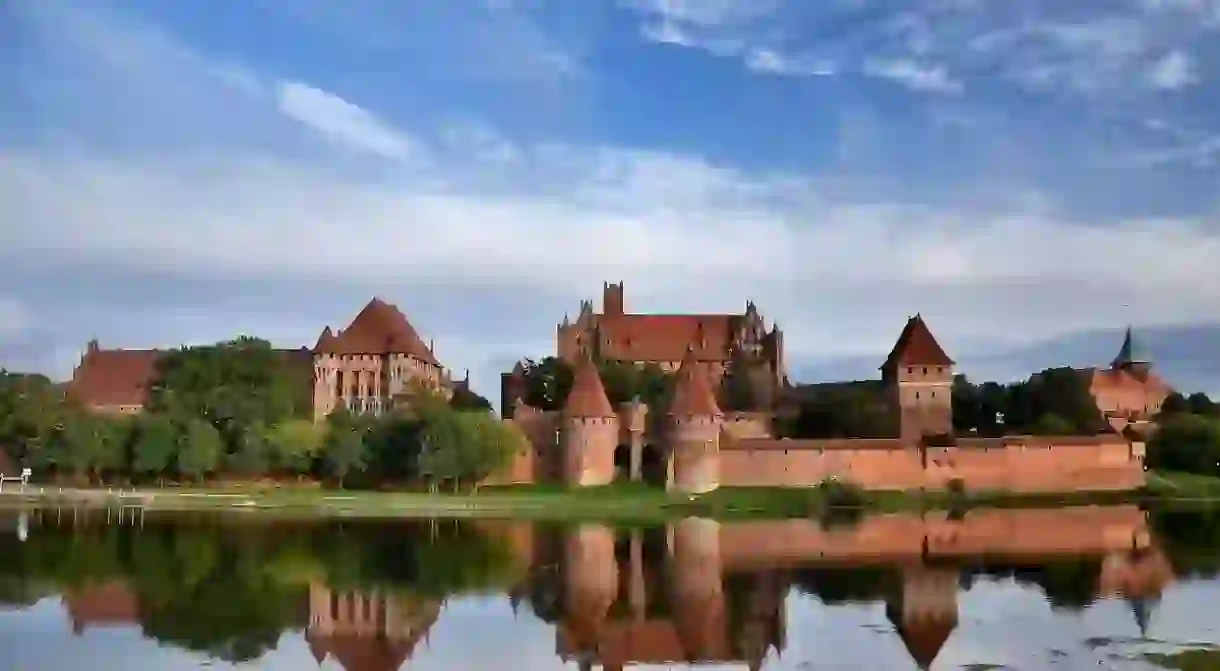7 Incredible Facts About Eastern Europe’s Teutonic Castles

The area that makes up modern-day northern Poland, Kaliningrad, Lithuania, Latvia and Estonia was once a religious state governed by the Teutonic Order. The Teutonic Knights were initially invited to the area by Duke Konrad I of Masovia to help him in his crusade against the pagan Slavic tribes. The Order slowly took over the territories that were lent to them and established a full-fledged religious, military state. They dominated the area by using the fortresses that they built in almost every important town of the region. Six centuries later, the castles are still there and remain extremely impressive. Here are seven incredible facts about Eastern Europe’s Teutonic castles.
The castles were densely sprinkled across the territory of the Teutonic State
The State of the Teutonic Order was a great military power. Retaining control over an area this vast required a strict system. The Order would, therefore, build fortresses no farther than approximately 30 kilometres (18.6 miles) apart – within a day’s ride away from each other. This particular distance made quick communication possible when needed and ensured that no territory was deprived of the Order’s physical presence.

The castles were usually built according to the same framework
The record-breaking capital
Building

The Teutonic Knights were the original landscape architects
The Teutonic castles’ most important characteristic was its military function. To make them fulfil that role well, the Teutonic Knights would take advantage of natural barriers, such as hills, lakes and rivers. If no natural barriers were available, the knights would create them; for example, they would heap up a hill or dig out a moat. The Teutonic Knights could, therefore, be described as the very first landscape architects.
Teutonic Castles were true fortresses
Every part of a Teutonic castle was designed with its military function in mind. The structures had very few windows, and the windows they did have were long and narrow – more of an embrasure than a window. The inner layout of the castles was supposed to facilitate moving around the building quickly without setting foot on any of the courtyards. The Knights were also expected to be ready to fight at any moment; indeed, they slept fully clothed and with their shoes on.
The copycats
The Teutonic castles were fulfilling their functions so well that they attracted copycats in the neighbouring areas. The Trakai Island Castle of the Lithuanian princes, the bishop castles in Prussia and the castles in Riga and Tallin were all based on the Teutonic solutions.

Malbork Castle is taking the 21st century by storm
If you are an avid medievalist, but cannot go on a trip to Malbork quite yet, don’t despair. Some other brick-construction enthusiasts took the effort of photographing the entire castle and putting it up online in the form a virtual tour. You can find it here. Now, Malbork is always at your fingertips, regardless of your whereabouts.













